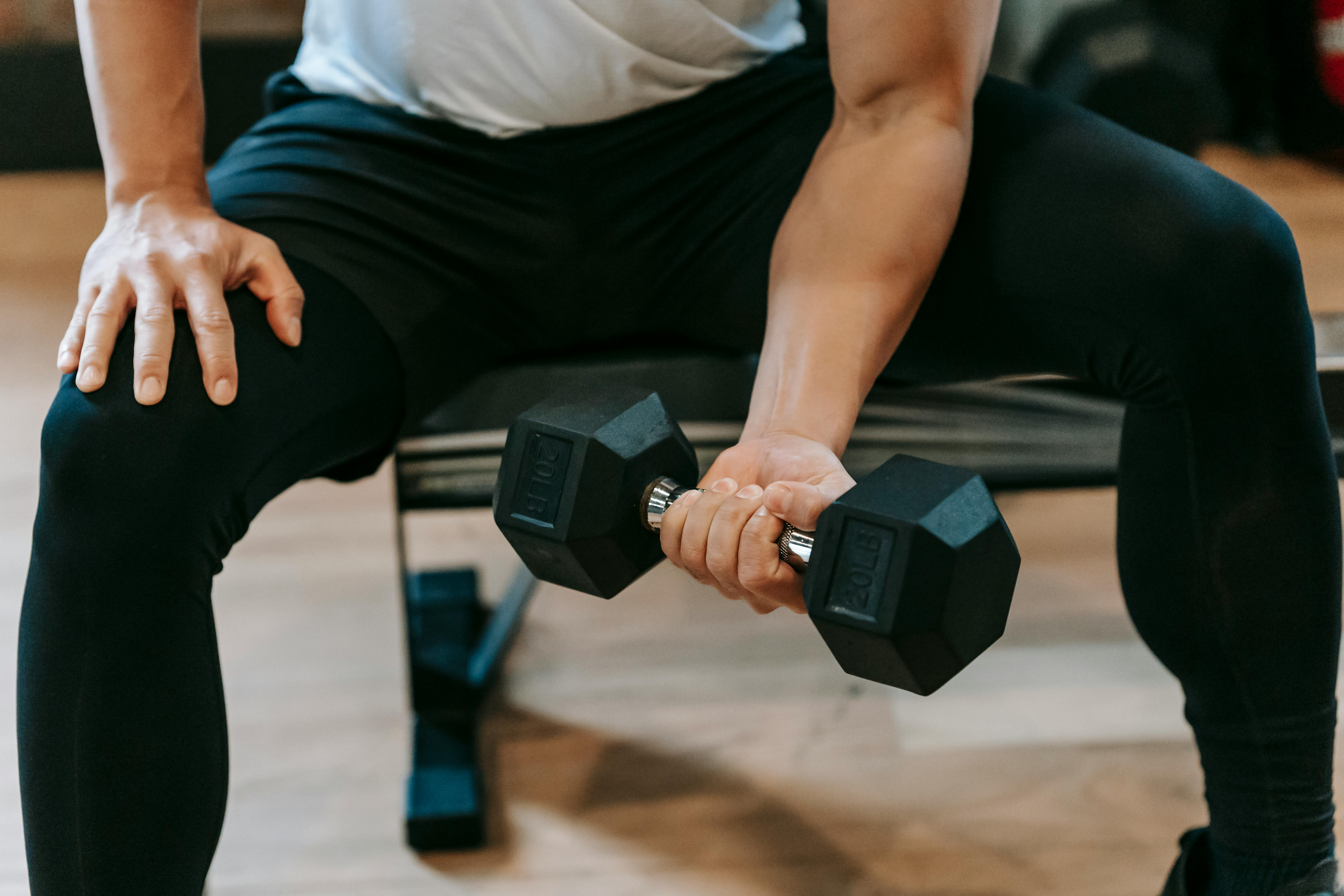The answer to the question is this: memory foam contour pillows really do work the way they were designed to. A word of caution though: there are many types of contour pillows available now and each has different degrees of success for each user.
One type of contour pillow can work wonders for many people, but it just doesn’t do anything for another. You should keep looking for the type that suits your needs, and you can test the ones that fail with others.
Types of contour pillows
There are three common types of contour pillows: posture pillows, inflatable travel pillows, and wedge pillows. The difference mostly lies in the way these pillows cradle your head (or other body parts) to keep you comfortable.
The wedge keeps the head tilted while the stance offers a better cradling effect. Inflatable travel contour pillows have many subtypes, but not nearly as good as the other two. For travel, they are the best when there are no other alternatives.
sleep factor
In the end, the ultimate measure of whether contour pillows really work is the quantity and quality of the user’s sleep. Sometimes insomnia (total lack of sleep) is sometimes caused by the simple incompatibility of the user and the type of contour pillow used.
With the wrong type of head pillow, people who use them would experience poor support and other non-ideal conditions such as shoulder compression and spinal displacement, especially in the neck region.
correct pillows
In order for it to really work, the right pillow must be able to provide the proper support that the body needs. The total effect includes proper support of the head, neck, and shoulders.
This support results in keeping all of these body parts aligned while you sleep. In this position, the pillow relieves pressure and puts the correct counterweights on the body. Finally, the relief and comfort induce a restful sleep.
Pillow functions
For a pillow to truly fulfill its intended role, it must accommodate various sleeping positions while providing the necessary therapeutic support and comfort for the sleeper.
Usually, people who go to sleep rarely pay attention to the position of the neck and spine.
Often the head is at the wrong angle in relation to the position of the rest of the body. It may be comfortable, but it puts pressure on your neck and spine.
The proper contour pillow should be adjustable to accommodate these particular curvatures, arches, and inclinations. It should also be flexible enough to be reshaped into any shape necessary to relieve pressure points.
Types of pillows
Nowadays, there are many types of pillows that adapt to their uses. For example, the Leg Wedge Pillow doubles as a knee wedge and leg spacer.
Like a knee wedge, it evens your lower body with your upper body while lying on your side.
This is great for side sleepers, straight spine alignment, leg and knee arthritis and any other.
As a leg spacer, it elevates the legs (and feet) to promote circulation, leg cramps, thrombosis, as well as support and align extremities with loose nerves and tendons. Many contour pillow models are now doing an excellent job and more are in development.
